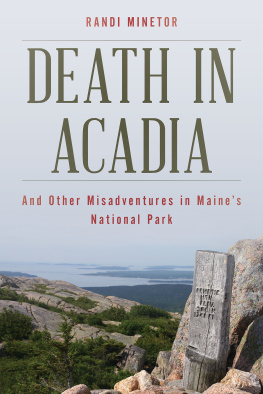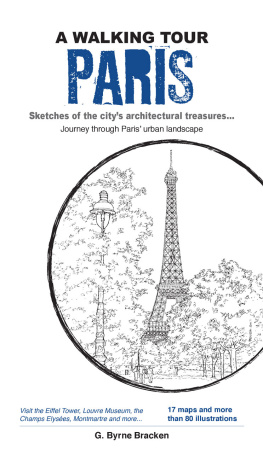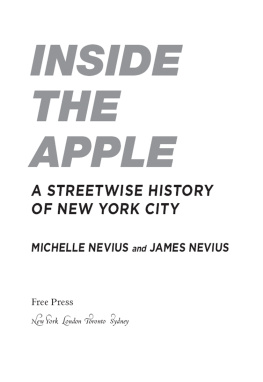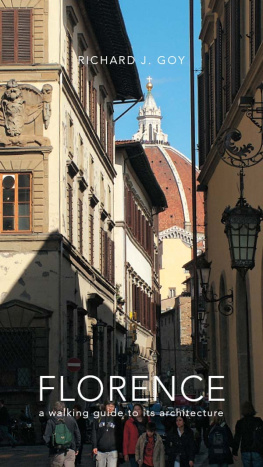Bibliography
Anbinder, Tyler. Five Points: The 19th-Century New York City Neighborhood that Invented Tap Dance, Stole Elections, and Became the Worlds Most Notorious Slum. New York: Plume, 2002.
Burrows, Edwin G. and Mike Wallace. Gotham: A History of New York City to 1898. Oxford, England: Oxford University Press, 1999.
Christiano, Gregory J. Urbanography 1857A Year to Forget: An Introduction to a Turbulent Period of New York City History. http://urbanography.com/1857.
Harris, Leslie M. In the Shadow of Slavery: African Americans in New York City, 16261863. Chicago: University of Chicago Press, 2002.
Hubbard, Elbert. A.T. Stewart: Little Journeys To The Homes Of Forgotten Business Men. Vol. 25, no. 4. East Aurora, NY: The Roycrofters, 1909.
Lower East Side Tenement Museum National Historic Site Web site, http://www.tenement.org.
The New York Times, various articles.
Paine, Albert B. Th. Nast, His Period and His Pictures. Princeton: Pyne Press, 1904.
Polland, Annie. Landmark of the Spirit: The Eldridge Street Synagogue. New Haven: Yale University Press, 2008.
Powell, Kimberly. Meet the Real Ellis Island Annie, Kimberlys Genealogy Blog, About.com, September 16, 2006, http://genealogy.about.com/b/2006/09/16/meet-the-real-ellis-island-annie.htm
Roosevelt, Theodore. New York: A Sketch of the Citys Social, Political and Commercial Progress from the First Dutch Settlement to Recent Times. New York: Charles Scribners Sons, 1906. www.bartleby.com/171.
United States Department of the Interior. Tenement Building at 97 Orchard Street, National Register of Historic Places Registration Form, October 8, 1993. www.nps.gov/history/nhl/Tenement%20Building.pdf.
U.S. Department of State Under Secretary for Public Diplomacy and Public Affairs. Chinese Immigration and the Chinese Exclusion Acts. http://www.state.gov/r/pa/ho/time/gp/82014.htm.
Wiley & Putnams Emigrants Guide. Fort Washington, Pa.: Wiley & Putnam, 2007. First published 1845 by Wiley & Putnam.
Key Participants in New York Immigration History
Richard Croker Carrying on the unfortunate legacy bequeathed to him by William M. Tweed and his cronies, the Irish-born Croker led Tammany Hall according to the old tradition: by accepting bribes from prostitution rings, saloons, and halls where illegal gambling took place. His willingness to look the other way for money soon made him a rich man, a feat he had not achieved as an alderman from 1868 to 1870, as coroner from 1873 to 1876, or as city chamberlain from 1889 to 1890. Through Crokers support and influence, Robert A. Van Wyck became the first mayor of the united five boroughs of New Yorkand historians assume that Croker essentially ran the city, through the politician hed chosen as his front man. When his power and influence failed to elect Edward M. Shepard, the mayoral candidate hed selected, in 1901, Croker resigned from Tammany Hall and retired to his native Ireland, living out his days in the quiet countryside.
John Gotti, Jr. The most flamboyant and powerful of the organized-crime leaders that made Little Italy a notorious mob base, Gotti led the Gambino crime family until his conviction in 1992 on thirteen counts of murder, as well as racketeering, obstruction of justice, conspiracy to commit murder, illegal gambling, extortion, tax evasion, and loan-sharking. The FBI finally caught up with Gotti through an electronic surveillance operation involving wiretapping and taping of discussions in an apartment above the Ravenite Social Club in Little Italy. He was arrested in a raid at the Ravenite on December 11, 1990, along with two other mob leaders, convicted in April 1992, and sentenced to life in prison with no parole. Gotti died in prison of throat cancer on June 10, 2002.
Sender Jarmulowsky The impressive stone building on the corner of Orchard and Canal Streets bears the name of S. Jarmulowsky, the man who founded a bank on the Lower East Side in 1873 and built this proud edifice in 1912. A Russian immigrant and self-made wealthy philanthropist, Jarmulowsky applied his sound business sense to his dealings with customers, connecting with them on the basis of their character rather than on their current financial position. His strategy workedthe bank remained strong and solvent until his death in 1912, barely a month after the bank moved into the new building. In just a few years time, his two sons, who took over the bank at the time of his death, managed to run the business into the ground.
Fiorello LaGuardia Mayor of New York City from 1934 to 1945, LaGuardia was the first Italian-American to hold the post and a true advocate for the enormous immigrant population whose heritage he shared. An advocate for the poor of every color and background, LaGuardia supported President Roosevelts New Deal and led New York to recovery from the Great Depression. In the dramatic initial moments of his first term in office, LaGuardia ordered the arrest of mob boss Lucky Luciano, whose criminal reign in Little Italy had painted the entire Italian population with the gangsters brush. He continued his rally against organized crime by rounding up Frank Costello and his thousands of illegal slot machines, and ensuring that Luciano was tried and convicted for his leadership of a citywide prostitution ring. (Luciano received a 30- to 50-year sentence.) Later, he ordered slum clearance, tearing down the tenements and the elevated train tracks on the Lower East Side and putting thousands of immigrants to work in the citys parks through a massive public works program. In 1946, after his last term as mayor, LaGuardia became the director-general for the United Nations Relief and Rehabilitation Administration.

Peter Minuit A Walloon from Wesel (todays northern Germany), Minuit served as director-general of the Dutch Colony of New Netherland from 1626 to 1633. He made the actual purchase of Manhattan Island from the Canarsee Indiansa band of the Lenape tribein 1626, trading goods that were valued at 60 Dutch guilders at the time, or about $1,000 in todays U.S. dollars. The details of the transaction were set down in a letter by a board member of the Dutch West India Company.
Annie Moore The first immigrant ever to set foot on Ellis Island on January 1, 1892, fifteen-year-old Annie Moore arrived on the steamship Nevada from County Cork, Ireland, along with 147 other steerage passengers. She and her fellow travelers moved from the Nevada to an immigrant transfer boat, the John E. Moore, which was decorated for the occasion with bunting and all the bells and whistlesliterallyand the carefully chosen young woman was whisked into the main building, registered, and presented with a ten-dollar gold piece by Colonel John B. Weber, local superintendent of immigration. Annie and her two brothers went on to join their parents, who lived at 32 Monroe Street in New York City. Its only recently that Annies continued story as an immigrant and American citizen came to light: While many people (including historians at Ellis Island) believed that she had moved west to Indiana, New Mexico, and Texas, and had perished in a streetcar accident in 1924, that story turned out to be about a different Annie Moore. Research conducted in 2006 revealed that Ellis Islands Annie actually remained in New York City, marrying Joseph Augustus Schayer in 1895 and bearing eleven children. She died of heart failure in 1924 at 99 Cherry Street in New York.














